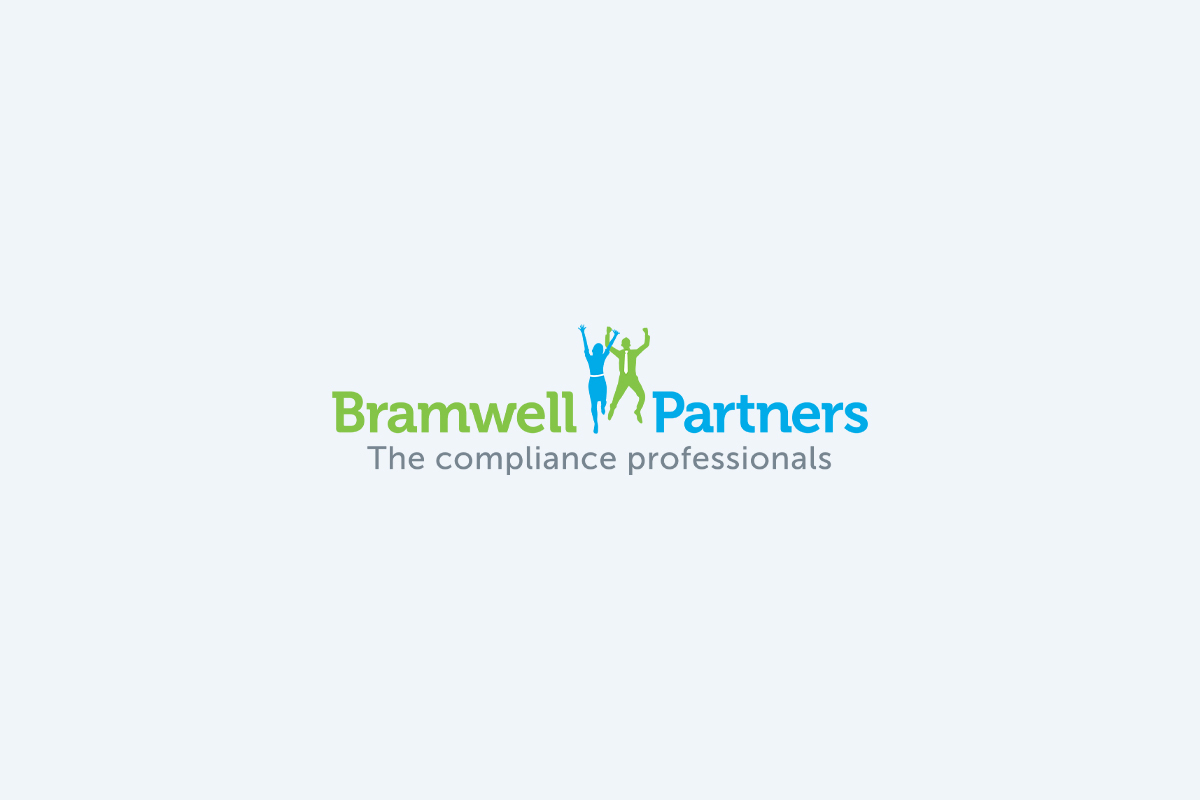In the Workplace Health & Safety space one of the latest hot topics is the silica dust management in the workplace. The Model Work Health and Safety Regulations (Engineered Stone) Amendment 2023 introduces an express prohibition on the uncontrolled processing of engineered stone products. This amendment further states the existing duty on persons conducting a business or undertaking (PCBUs) to eliminate the risks to workers from engineered stone and if that is not reasonably practicable, to minimise the risks so far as is reasonably practicable. This includes ensuring the exposure risk is below the current national exposure standard for silica dust of 0.05 mg/m3 (Worksafe Qld, 2020).
Additionally, on May 1st 2023 Australia’s first silica dust code of practice, ‘Managing respirable crystalline silica dust exposure in construction and manufacturing of construction elements Code of Practice 2022’, commenced in Queensland (Worksafe Qld, 2023a).
Queensland business owners need to ensure their work methods and procedures are doing enough to meet these silica dust managment standards set out by the new Code of Practise and keep workers safe, particularly in high-risk industries such as stone masonry, construction and manufacturing.
WorkSafe Queensland state that you cannot rely on face masks to safeguard workers, no matter how good they are, as dust should be eliminated at the source using engineering controls to prevent it being released into the atmosphere (Worksafe Qld, 2020).
What Is Silica Dust & Why Should I Be Aware Of It?
Silica dust or ‘crystalline silica’ is found in some types of stone, rock, sand, gravel and clay. Crystalline silica is also the most common form is quartz. Silica dust can be found and created during the manufacturing process of the following products:
- Bricks
- Tiles
- Concrete
- Some plastic material.
When these materials are worked on or broken, silica is released as a fine dust known as respirable crystalline silica or silica dust. When inhaled, silica dust can be harmful to the lungs. Exposure to silica dust can lead to the development of lung cancer, silicosis (an irreversible scarring and stiffening of the lungs), kidney disease and chronic obstructive pulmonary disease (Cancer Council, 2021).
The Cancer Council estimates that 230 people develop lung cancer each year as a result of past exposure to silica dust at work (Cancer Council, 2021). Whilst not all exposed workers will develop cancer, the risk of cancer increases with long-term or repeated high-level exposure.
Research by The Cancer Council found Approximately 587,000 Australian workers were exposed to silica dust in the workplace in 2011. Of these workers it is likely that 5,758 of these people will develop a lung cancer over the course of their life due to silica dust exposure (Cancer Council, 2021).
All states and territories in Australia now have Work Health and Safety laws that explain health and safety regulations detailing duty of care for employers and workers’ responsibilities.
Which Occupations Are At Risk?
The occupations with the greatest exposure, and thus in highest need of silica dust management protocols, include:
- Miners
- Construction workers
- Farmers
- Engineers.
You may be exposed to silica dust if your work involves:
- Breaking, crushing, grinding or milling material containing silica dust
- Sand blasting or casting
- Paving, surfacing or cement finishing.
- Bricklaying
- Demolition work
- Road construction
- Stone masonry
- Mineral ore-treating processes
How Can I Keep My Workplace & Employees Safe From Silica Dust? What Does the Code of Practise Say?
Managing respirable crystalline silica dust exposure in construction and manufacturing of construction elements Code of Practice 2022 outlines how PCBUs can meet the requirements of Queensland’s work health and safety legislation, including eliminating or minimising exposure to respirable crystalline silica (RCS) at work by:
- Using tried and tested dust control methods that prevent silica dust from being generated or being released into the air (i.e., water suppression, on-tool dust extraction).
- Using appropriate respirable protective equipment to safeguard at-risk workers.
- Using exposure data from air monitoring to check dust controls are effective.
- Providing health monitoring to at-risk workers with defined triggers for testing based on level of risk.
- Consulting with workers with the new legislation and providing training on safe work methods.
- Instruction and supervision of workers (Worksafe Qld, 2023a).
Employers are asked to continue to meet existing requirements for air and health monitoring and provide appropriate training and respiratory protective equipment to their workers.
Employees and workers have the responsibility to follow the training and instruction they’ve been given to protect themselves from exposure to silica dust. This includes wearing appropriate respiratory protective equipment.
A person conducting a business or undertaking (PCBU) should consider the following points when seeking to remove the risk of silica dust exposure:
- How to eliminate or minimise the amount of RCS released into the air,
- How to prevent RCS being breathed in by workers,
- Where workers can clean up any RCS (this includes RCS in dust, wet slurry or any other waste), and
- Providing facilities for workers to clean up after work (Worksafe Qld, 2023b).
Prohibitions On Silica In the Workplace
In accordance with the Managing respirable crystalline silica dust exposure in construction and manufacturing of construction elements Code of Practice 2022, the following is prohibited:
- Uncontrolled dry cutting or processing of materials that contain 1 per cent or more crystalline silica.
- Use of free silica for abrasive blasting (Worksafe Qld, 2023b).
When Do I need to provide Respiratory Protective Equipment (RPE)?
WorkSafe Qld states that RPE is needed when higher order dust controls used to manage RCS exposure are not able to reduce exposure to below the Workplace Exposure Standard.
Should RPE be required in the workplace, it is the responsibility of the PCBU to ensure the RPE provided is:
- suitable for the nature of the work and any hazard associated with the work being conducted.
- a suitable size and fit and is reasonably comfortable for the worker who is to wear it.
- maintained, repaired, and/or replaced to ensure the equipment remains effective and is able to minimise risk to the worker.
- the equipment is clean and hygienic and in good working order.
It is also the responsibility of the PCBU must also ensure the RPE is worn by the worker, so far as is reasonably practicable. Furthermore, a PCBU cannot fully or partially seek compensation from the worker or any other item of personal protective equipment for its cost.
Respiratory Protective Equipment (RPE) & Beards
Currently WorkSafe Qld states workers should be clean shaven where the respirator facepiece comes in contact with the skin before wearing their respirator. Facial hair, including beards, moustaches, sideburns and stubble, between the sealing surface of a tight facing facepiece and the face will stop the respirator from sealing properly. For this reason, employers may seek to implement a dress code which requires its employees to remain clean shaven should they be required to use RPE for their role.
Should an employee refuse to wear RPE and keep their facial hair to a suitable level as to render the RPE ineffective, this should be considered on a case-by-case basis. It is recommended that employers consult their HR Manager or external HR Consultant for support in these cases.
Need Advice on Properly Following Health and Safety Regulations In Your Workplace?
At Bramwell Partners our WHS Consultants complete risk management assessments, site audits and review your documentation (such as Safe Work Methods [SWMS], policies) and procedures; to identify how you can enhance your safety management system and keep your workers safe. We understand the legal requirements for ensuring your workplace remains compliant and mitigate risks to your business, including silica dust.
Ensure Your Team’s Safety, Contact Bramwell Partners Today
Interested in improving your business’ approach to silica dust management and other hazards in your workplace? Looking for another opinion on whether your business procedures are efficient and legally compliant? If so, please get in touch with an HR consultant from Bramwell Partners, the WHS Consultants businesses’ trust for their WHS audits and services. Contact us for a free consultation on (07) 3630 5695 or email success@bramwellpartners.com.au today!
References
Cancer Council (2021). Silica Dust. Cancer Council. Retrieved June 2 2023 at https://www.cancer.org.au/cancer-information/causes-and-prevention/workplace-cancer/silica-dust.
Worksafe Qld (2020). Queensland backs new workplace crystalline silica standards. Worksafe Qld. Retrieved June 2 2023 at https://www.worksafe.qld.gov.au/news-and-events/newsletters/esafe-newsletters/esafe-editions/esafe/april-2020/queensland-backs-new-workplace-crystalline-silica-standards
Worksafe Qld (2023a). Managing respirable crystalline silica dust exposure in construction and manufacturing of construction elements Code of Practice 2022. Worksafe Qld. Retrieved June 2 2023 at https://www.worksafe.qld.gov.au/laws-and-compliance/codes-of-practice/managing-respirable-crystalline-silica-dust-exposure-in-construction-and-manufacturing-of-construction-elements-code-of-practice-2022
Worksafe Qld (2023b). Managing respirable crystalline silica dust exposure in construction and manufacturing of construction elements Code of Practice 2022. Worksafe Qld. Pg 10 and 21. Retrieved June 2 2023 at https://www.worksafe.qld.gov.au/__data/assets/pdf_file/0025/106486/rcs-construction-manufacturing-construction-elements-cop-2022.pdf
 success@bramwellpartners.com.au
success@bramwellpartners.com.au


